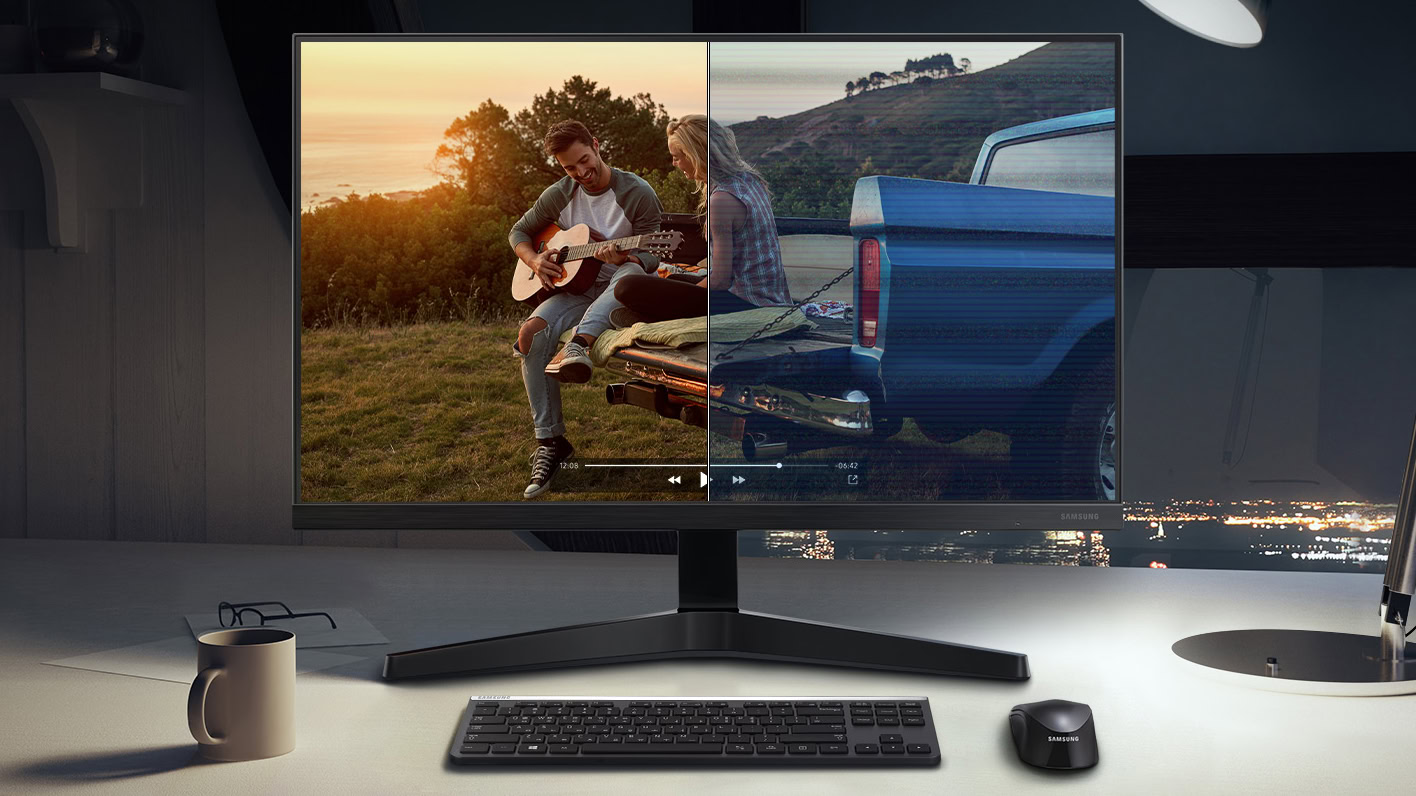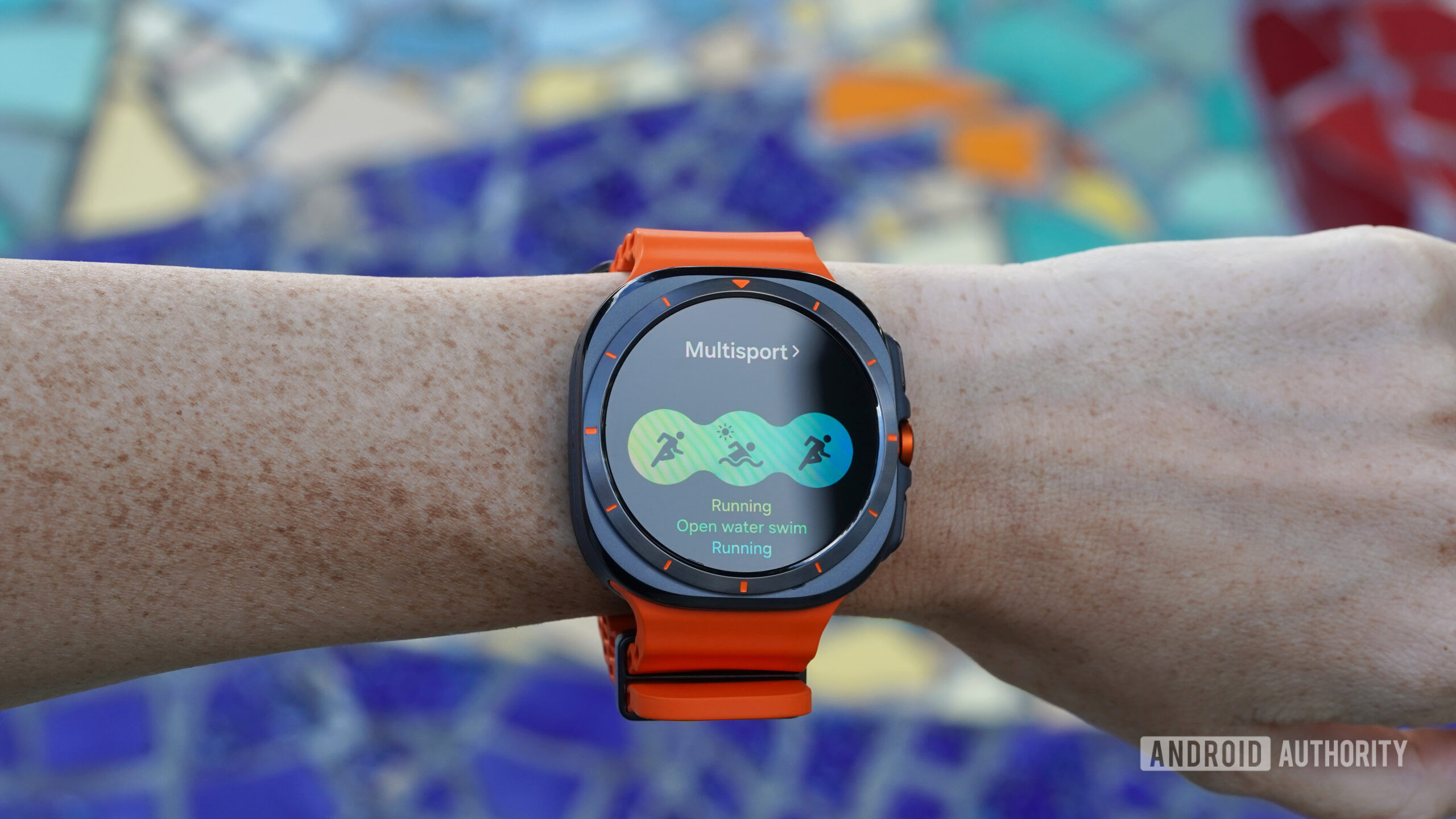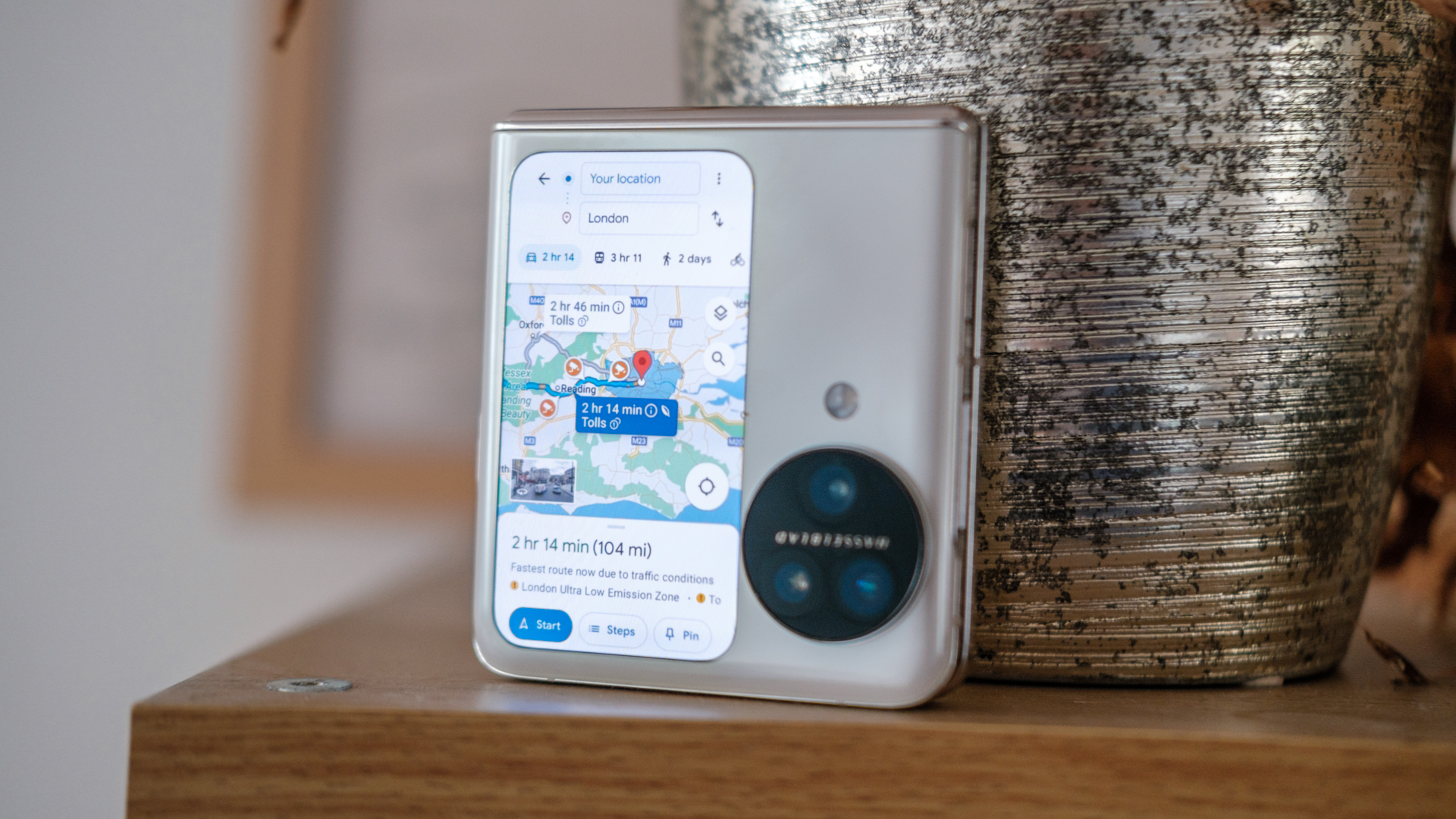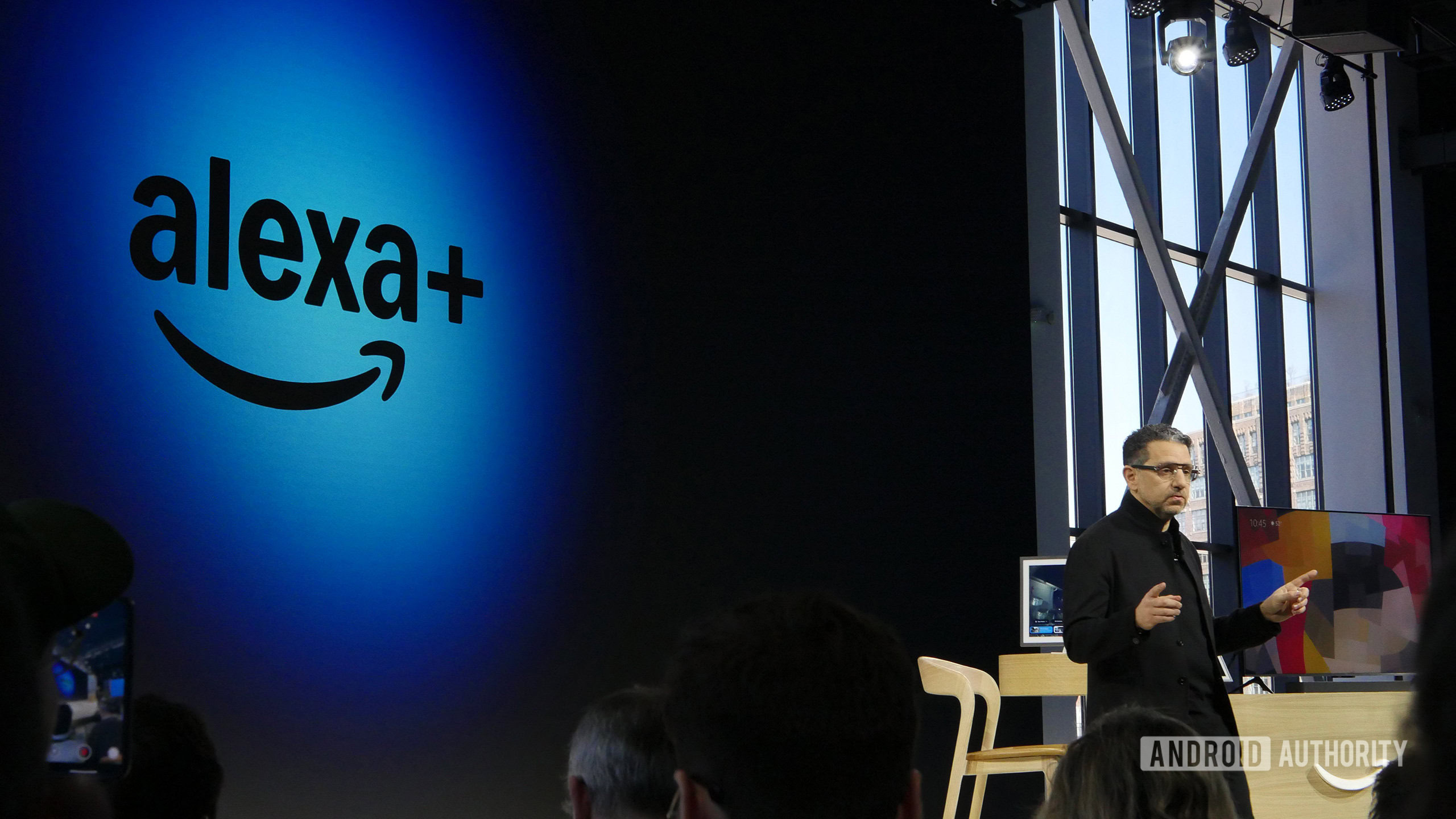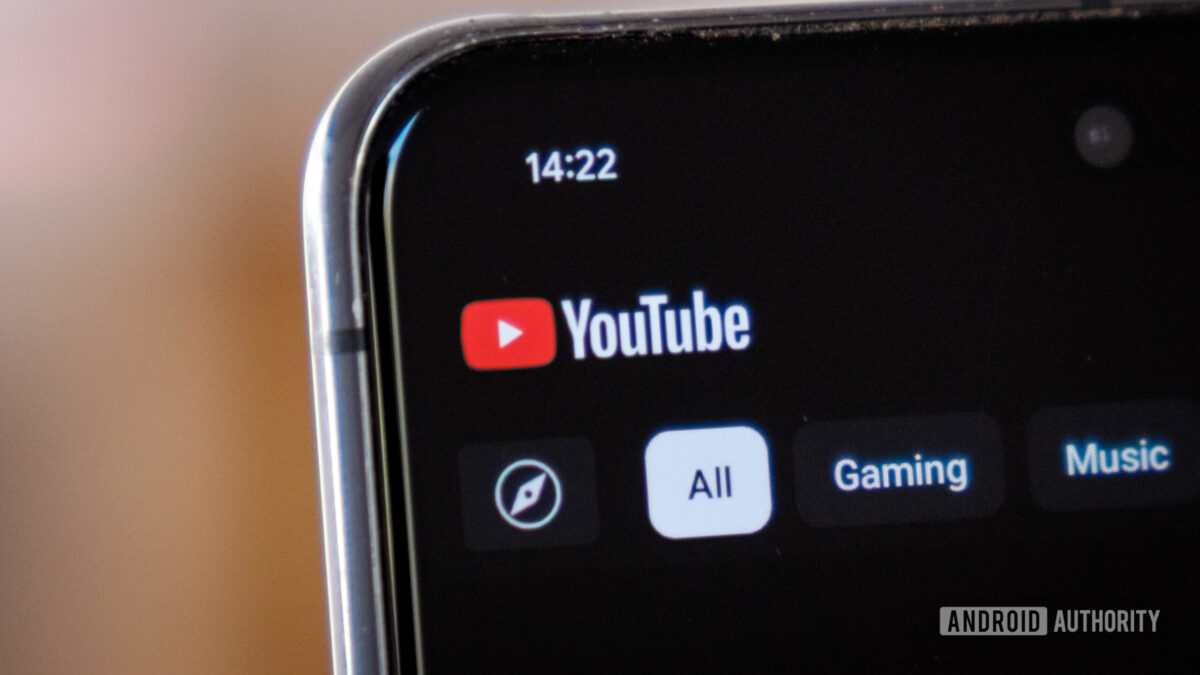In the past year, Apple has had an interesting trend across its new hardware releases: a bigger focus on thermal performance.It kicked off with the M4 iPad Pro last year, and then continued with the iPhone 16 lineup.However, the MacBook Air unfortunately never received such thermal upgrades, despite being one of the products that might need it the most.
Previous thermal upgrades As mentioned before, M4 iPad Pro and iPhone 16 both received pretty substantial thermal upgrades in the past year.In the case of the iPad Pro, Apple incorporated graphite sheets within the main housing, and also implemented copper within the Apple logo, allowing for far more efficient heat dissipation.With these two upgrades, Apple was able to tote 20% better thermals in the new iPad Pro.
With the iPhone, numerous people complained about overheating issues with the iPhone 15 Pro and its A17 Pro chip.Apple promptly addressed that with the iPhone 16 lineup: Despite these thermal strides across the iPad Pro and the iPhone, Apple never brought such improvements to the MacBook Air, one of its thinnest and lightest computers.MacBook Air thermal issues Apple redesigned the MacBook Air in 2022 with a much thinner and lighter design, and it switched from a large metal heatsink to a thin graphite sheet with no real heat spreader.
This was an issue, because it meant that the M2 MacBook Air could thermally throttle faster than the prior MacBook Air model, depending on the workload.When Apple announced the M4 iPad Pro and its copper heat spreader in the Apple logo, I was hopeful that this was a key indicator of what would later come in the MacBook Air.Obviously, Apple can’t implement the exact same Apple logo thermal setup on the MacBook Air, but I was wishing for something.
Just some heat spreader of some sort.However, when the M4 MacBook Air was announced earlier this month, Apple mentioned nothing about any thermal upgrades.iFixit later did a teardown of the new M4 MacBook Air, and confirmed that the internals were pretty similar to prior models.
This was a bummer, as it meant Apple’s latest thin and light laptop, one of its devices that needs better thermals the most, did not get anything to help out with thermals.Wrap up One could argue that most MacBook Air users don’t need sustained performance – and that may be a fair point.However, if the iPad Pro can have a sophisticated cooling system while running iPadOS, I don’t see why the MacBook Air should miss out.
Ultimately, the MacBook Air is limited to baseline Apple Silicon, so any users who need the best of the best performance will still need to buy a MacBook Pro with M4 Pro or M4 Max.My favorite Apple accessories on Amazon: Anker 25K Compact Power Bank with retractable cable MOFT Magnetic Wallet Stand, fits up to 3 cards AirTag 4-pack (on sale for 30% off!) Anker MagSafe 2-in-1 Wireless Charging Stand with Qi2 AirPods Pro 2 (USB-C) SanDisk Extreme 2TB USB-C SSD, up to 1050MB/s You’re reading 9to5Mac — experts who break news about Apple and its surrounding ecosystem, day after day.Be sure to check out our homepage for all the latest news, and follow 9to5Mac on Twitter, Facebook, and LinkedIn to stay in the loop.
Don’t know where to start? Check out our exclusive stories, reviews, how-tos, and subscribe to our YouTube channel



